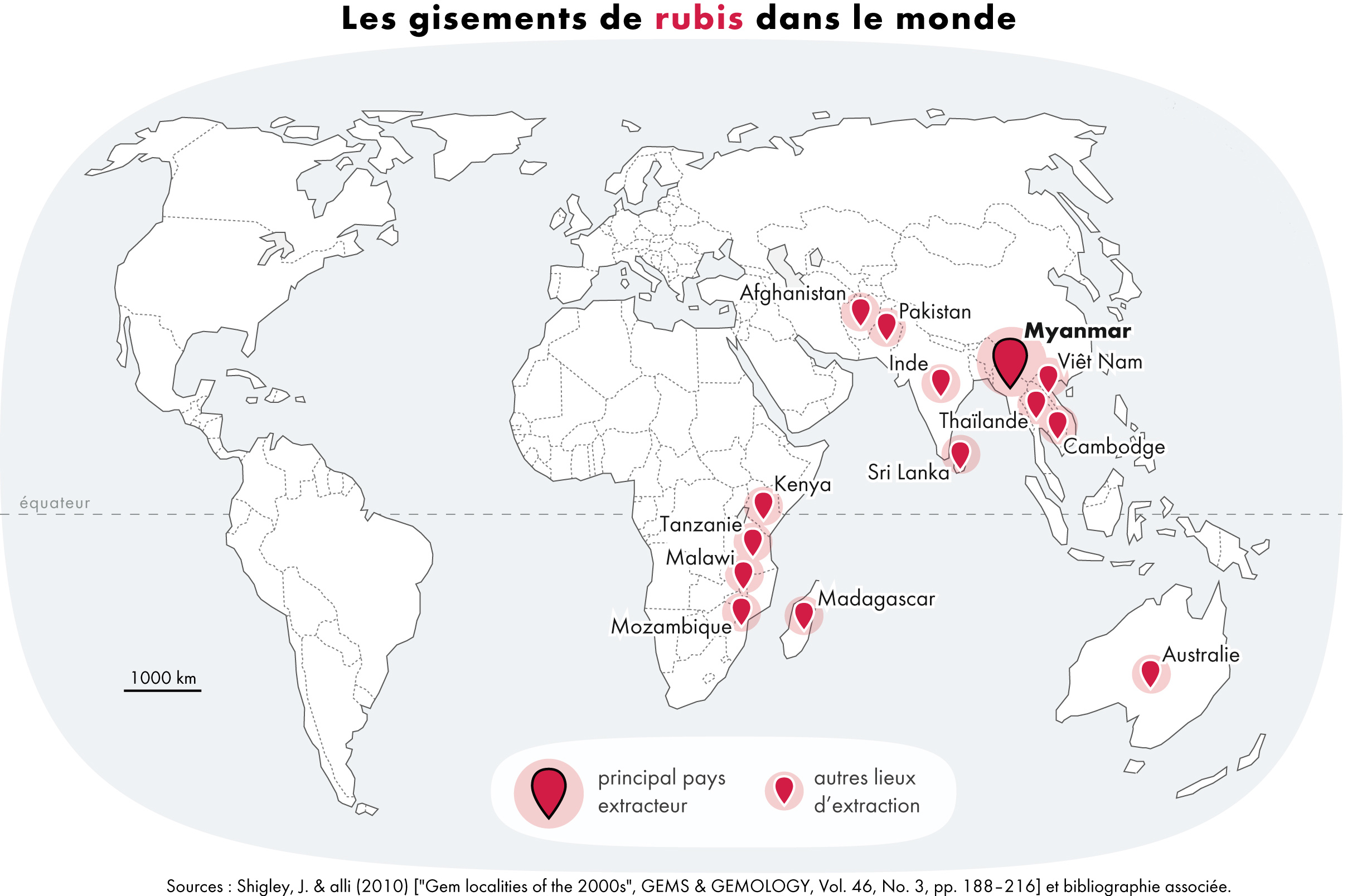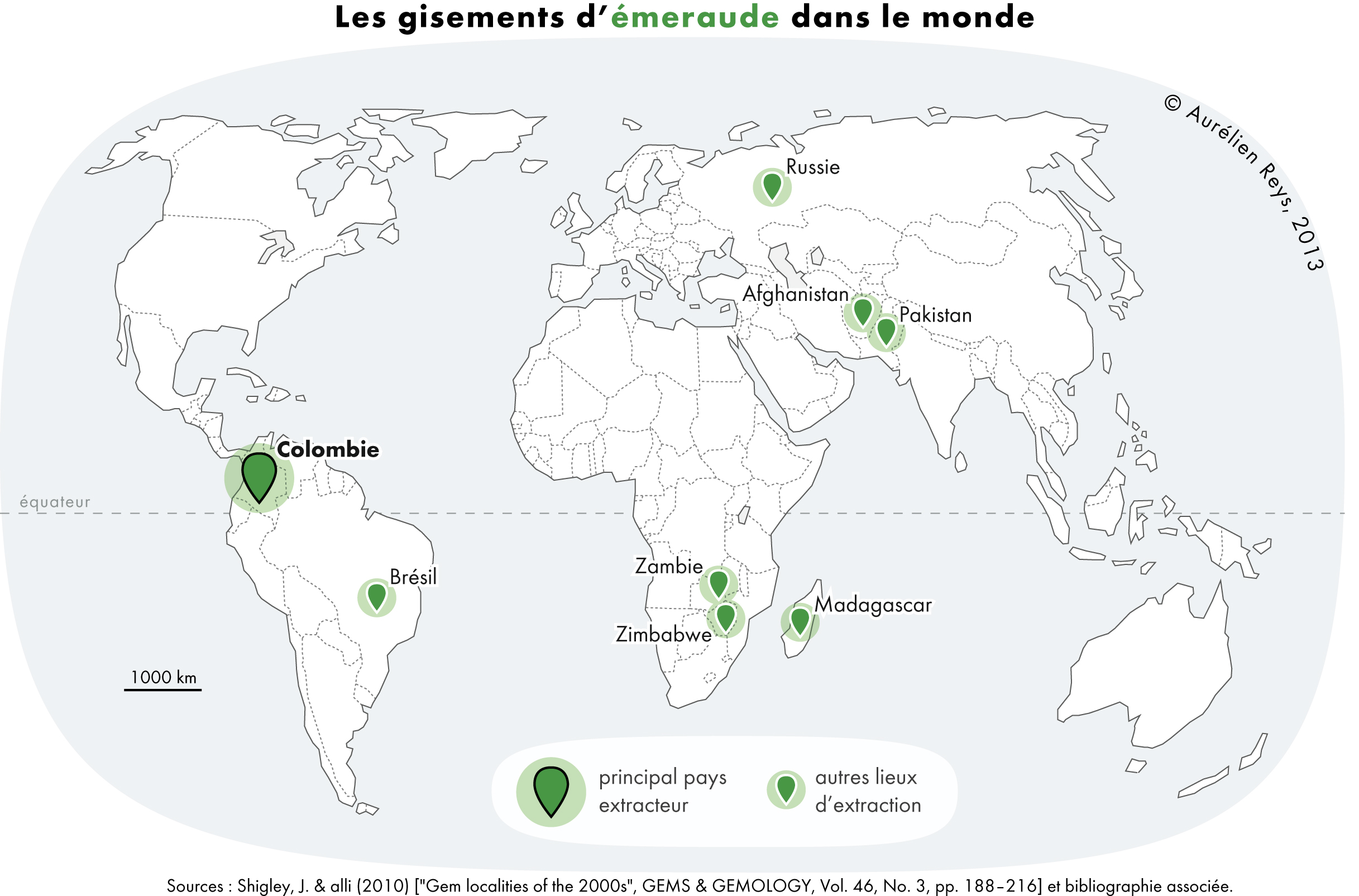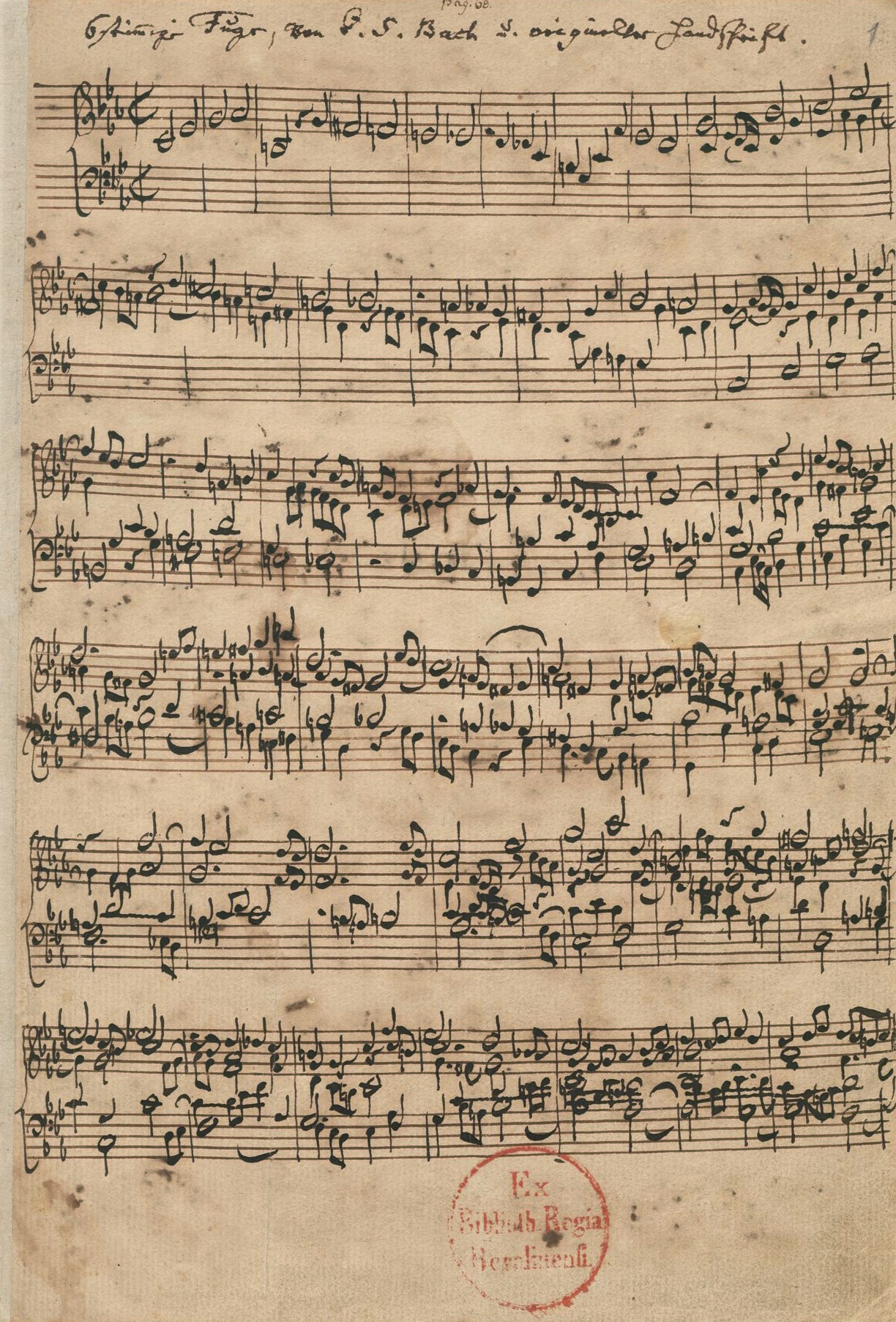|
A Colour Symphony
''A Colour Symphony'', Op. 24, F. 106, was written by Arthur Bliss in 1921–22. It was his first major work for orchestra, and is today one of his best-known compositions. Orchestration The symphony is scored for 3 flutes (one doubling on piccolo), 2 oboes, cor anglais, 2 clarinets, bass clarinet, 2 bassoons, double bassoon, 4 horns, 3 trumpets, 3 trombones, tuba, 2 tympanists, cymbals, 2 harps and strings. History ''A Colour Symphony'' was written to be performed at the Three Choirs Festival, held in 1922 in Gloucester, at the invitation of Sir Edward Elgar, who also invited Herbert Howells and Eugene Goossens to write a piece each. Howells wrote ''Sine Nomine'' for wordless chorus, which was not given its second performance until his centenary year 70 years later, in 1992. Goossens wrote a piece called ''Silence'' for chorus and orchestra. Elgar's own contribution was his orchestration of Johann Sebastian Bach's ''Fantasia and Fugue in C minor''. Bliss decided to writ ... [...More Info...] [...Related Items...] OR: [Wikipedia] [Google] [Baidu] |
Arthur Bliss
Sir Arthur Edward Drummond Bliss (2 August 189127 March 1975) was an English composer and conductor. Bliss's musical training was cut short by the First World War, in which he served with distinction in the army. In the post-war years he quickly became known as an unconventional and Modernism (music), modernist composer, but within the decade he began to display a more traditional and romantic side in his music. In the 1920s and 1930s he composed extensively not only for the concert hall, but also for films and ballet. In the Second World War, Bliss returned to England from the US to work for the BBC and became its director of music. After the war he resumed his work as a composer, and was appointed Master of the Queen's Music. In Bliss's later years, his work was respected but was thought old-fashioned, and it was eclipsed by the music of younger colleagues such as William Walton and Benjamin Britten. Since his death, his compositions have been well represented in recording ... [...More Info...] [...Related Items...] OR: [Wikipedia] [Google] [Baidu] |
Ruby
Ruby is a pinkish-red-to-blood-red-colored gemstone, a variety of the mineral corundum ( aluminium oxide). Ruby is one of the most popular traditional jewelry gems and is very durable. Other varieties of gem-quality corundum are called sapphires; given that the rest of the corundum species are called as such, rubies are sometimes referred to as "red sapphires". Ruby is one of the traditional cardinal gems, alongside amethyst, sapphire, emerald, and diamond. The word ''ruby'' comes from ''ruber'', Latin for red. The color of a ruby is due to the presence of chromium. Some gemstones that are popularly or historically called rubies, such as the Black Prince's Ruby in the British Imperial State Crown, are actually spinels. These were once known as "Balas rubies". The quality of a ruby is determined by its color, cut, and clarity, which, along with carat weight, affect its value. The brightest and most valuable shade of red, called blood-red or pigeon blood, commands a lar ... [...More Info...] [...Related Items...] OR: [Wikipedia] [Google] [Baidu] |
Hope
Hope is an optimistic state of mind that is based on an expectation of positive outcomes with respect to events and circumstances in one's own life, or the world at large. As a verb, Merriam-Webster defines ''hope'' as "to expect with confidence" or "to cherish a desire with anticipation". Among its opposites are dejection, hopelessness, and despair. Hope finds expression through many dimensions of human life, including practical reasoning, the religious virtue of hope, legal doctrine, and literature, alongside cultural and mythological aspects. In psychology American professor of psychology Barbara Fredrickson argues that hope comes into its own when crisis looms, opening us to new creative possibilities. Frederickson argues that with great need comes an unusually wide range of ideas, as well as such positive emotions as happiness and joy, courage, and empowerment, drawn from four different areas of one's self: from a cognitive, psychological, social, or physical per ... [...More Info...] [...Related Items...] OR: [Wikipedia] [Google] [Baidu] |
Emerald
Emerald is a gemstone and a variety of the mineral beryl (Be3Al2(SiO3)6) colored green by trace amounts of chromium or sometimes vanadium.Hurlbut, Cornelius S. Jr., and Kammerling, Robert C. (1991). ''Gemology'', John Wiley & Sons, New York, p. 203, . Beryl has a hardness of 7.5–8 on the Mohs scale. Most emeralds have many inclusions, so their toughness (resistance to breakage) is classified as generally poor. Emerald is a cyclosilicate. Etymology The word "emerald" is derived (via and ), from Vulgar Latin: ''esmaralda/esmaraldus'', a variant of Latin ''smaragdus'', which was via (smáragdos; "green gem"). The Greek word may have a Semitic, Sanskrit or Persian origin. According to ''Webster's Dictionary'' the term emerald was first used in the 14th century. Properties determining value Emeralds, like all colored gemstones, are graded using four basic parameters known as "the four ''C''s": ''color'', ''clarity,'' ''cut'' and ''carat weight''. Normally, in grading ... [...More Info...] [...Related Items...] OR: [Wikipedia] [Google] [Baidu] |
Arnold Schoenberg
Arnold Schoenberg or Schönberg (13 September 187413 July 1951) was an Austrian and American composer, music theorist, teacher and writer. He was among the first Modernism (music), modernists who transformed the practice of harmony in 20th-century classical music, and a central element of his music was its use of motive (music), motives as a means of coherence. He propounded concepts like developing variation, the emancipation of the dissonance, and the "unified field, unity of musical space". Schoenberg's early works, like ''Verklärte Nacht'' (1899), represented a Brahmsian–Wagnerian synthesis on which he built. Mentoring Anton Webern and Alban Berg, he became the central figure of the Second Viennese School. They consorted with visual artists, published in ''Der Blaue Reiter'', and wrote atonal, expressionist music, attracting fame and stirring debate. In his String Quartets (Schoenberg)#String Quartet No. 2, Op. 10, String Quartet No. 2 (1907–1908), ''Erwartung'' (1909), ... [...More Info...] [...Related Items...] OR: [Wikipedia] [Google] [Baidu] |
Fugue
In classical music, a fugue (, from Latin ''fuga'', meaning "flight" or "escape""Fugue, ''n''." ''The Concise Oxford English Dictionary'', eleventh edition, revised, ed. Catherine Soanes and Angus Stevenson (Oxford and New York: Oxford University Press, 2006). ) is a Counterpoint, contrapuntal, Polyphony, polyphonic Musical composition, compositional technique in two or more voice (music), voices, built on a Subject (music), subject (a musical theme) that is introduced at the beginning in imitation (music), imitation (repetition at different pitches), which recurs frequently throughout the course of the composition. It is not to be confused with a ''fuguing tune'', which is a style of song popularized by and mostly limited to Music history of the United States, early American (i.e. shape note or "Sacred Harp") music and West gallery music, West Gallery music. A fugue usually has three main sections: an exposition (music), exposition, a development (music), development, and a final ... [...More Info...] [...Related Items...] OR: [Wikipedia] [Google] [Baidu] |
Melancholia
Melancholia or melancholy (from ',Burton, Bk. I, p. 147 meaning black bile) is a concept found throughout ancient, medieval, and premodern medicine in Europe that describes a condition characterized by markedly depressed mood, bodily complaints, and sometimes hallucinations and delusions. Melancholy was regarded as one of the four temperaments matching the four humours. Until the 18th century, doctors and other scholars classified melancholic conditions as such by their perceived common causean excess of a notional fluid known as "black bile", which was commonly linked to the spleen. Hippocrates and other ancient physicians described melancholia as a distinct disease with mental and physical symptoms, including persistent fears and despondencies, poor appetite, abulia, sleeplessness, irritability, and agitation. Later, fixed delusions were added by Galen and other physicians to the list of symptoms. In the Middle Ages, the understanding of melancholia shifted to a religi ... [...More Info...] [...Related Items...] OR: [Wikipedia] [Google] [Baidu] |
Loyalty
Loyalty is a Fixation (psychology), devotion to a country, philosophy, group, or person. Philosophers disagree on what can be an object of loyalty, as some argue that loyalty is strictly interpersonal and only another human being can be the object of loyalty. The definition of loyalty in law and political science is the fidelity of an individual to a nation, either one's nation of birth, or one's declared home nation by oath (naturalization). Historical concepts The Encyclopædia Britannica Eleventh Edition, ''Encyclopædia Britannica'' Eleventh Edition defines loyalty as "allegiance to the sovereign or established government of one's country" and also "personal devotion and reverence to the sovereign and royal family". It traces the word "wikt:loyalty, loyalty" to the 15th century, noting that then it primarily referred to fidelity in service, in love, or to an oath that one has made. The meaning that the ''Britannica'' gives as primary, it attributes to a shift during the 1 ... [...More Info...] [...Related Items...] OR: [Wikipedia] [Google] [Baidu] |
Water
Water is an inorganic compound with the chemical formula . It is a transparent, tasteless, odorless, and Color of water, nearly colorless chemical substance. It is the main constituent of Earth's hydrosphere and the fluids of all known living organisms (in which it acts as a solvent). It is vital for all known forms of life, despite not providing food energy or organic micronutrients. Its chemical formula, , indicates that each of its molecules contains one oxygen and two hydrogen atoms, connected by covalent bonds. The hydrogen atoms are attached to the oxygen atom at an angle of 104.45°. In liquid form, is also called "water" at standard temperature and pressure. Because Earth's environment is relatively close to water's triple point, water exists on Earth as a solid, a liquid, and a gas. It forms precipitation in the form of rain and aerosols in the form of fog. Clouds consist of suspended droplets of water and ice, its solid state. When finely divided, crystalline ice ... [...More Info...] [...Related Items...] OR: [Wikipedia] [Google] [Baidu] |
Sapphire
Sapphire is a precious gemstone, a variety of the mineral corundum, consisting of aluminium oxide () with trace amounts of elements such as iron, titanium, cobalt, lead, chromium, vanadium, magnesium, boron, and silicon. The name ''sapphire'' is derived from the Latin word ', itself from the Greek language, Greek word (), which referred to lapis lazuli. It is typically blue, but natural "fancy" sapphires also occur in yellow, purple, orange, and green colors; "parti sapphires" show two or more colors. Red corundum stones also occur, but are called ruby, rubies rather than sapphires. Pink-colored corundum may be classified either as ruby or sapphire depending on the locale. Commonly, natural sapphires are cut and polished into gemstones and worn in jewellery, jewelry. They also may be created synthetically in laboratories for industrial or decorative purposes in large boule (crystal), crystal boules. Because of the remarkable hardness of sapphires 9 on the Mohs scale of miner ... [...More Info...] [...Related Items...] OR: [Wikipedia] [Google] [Baidu] |
Magic (paranormal)
Magic, sometimes spelled magick, is the application of beliefs, rituals or actions employed in the belief that they can manipulate natural or supernatural beings and forces. It is a category into which have been placed various beliefs and practices sometimes considered separate from both religion and science. Connotations have varied from positive to negative at times throughout history. Within Western culture, magic has been linked to ideas of the Other, foreignness, and primitivism; indicating that it is "a powerful marker of cultural difference" and likewise, a non-modern phenomenon. During the late nineteenth and early twentieth centuries, Western intellectuals perceived the practice of magic to be a sign of a primitive mentality and also commonly attributed it to marginalised groups of people. Aleister Crowley (1875–1947), a British occultist, defined " magick" as "the Science and Art of causing Change to occur in conformity with Will", adding a 'k' to distinguish c ... [...More Info...] [...Related Items...] OR: [Wikipedia] [Google] [Baidu] |
Courage
Courage (also called bravery, valour ( British and Commonwealth English), or valor (American English)) is the choice and willingness to confront agony, pain, danger, uncertainty, or intimidation. Valor is courage or bravery, especially in battle. Physical courage is bravery in the face of physical pain, hardship, even death, or threat of death; while moral courage is the ability to act rightly in the face of popular opposition, shame, scandal, discouragement, or personal loss. The classical virtue of fortitude (, ) is also translated as "courage", but includes the aspects of perseverance and patience. In the Western tradition, notable thoughts on courage have come from philosophers Socrates, Plato, Aristotle, Aquinas, and Kierkegaard; as well as Christian beliefs and texts. In the Hindu tradition, mythology has given many examples of courage; with examples of both physical and moral courage exemplified. In the Eastern tradition, the Chinese text '' Tao Te Ching'' ... [...More Info...] [...Related Items...] OR: [Wikipedia] [Google] [Baidu] |








